Blockchain architecture is composed of several layers, each serving a unique function in the operation and functionality of the blockchain network. Let’s explore the different layers and their roles in blockchain architecture:
Blockchain Layers
Layer 0
Layer 0 is also known as the underlying infrastructure layer. It encompasses the internet, hardware, and connections that provide the foundation for blockchain networks to operate. Components of Layer 0 are:
- Hardware Infrastructure Layer: This layer encompasses the physical components of the blockchain network, like network of computers (nodes) that contribute computing power to validate transactions and maintain the network.
- Data Layer: The data layer stores transaction details in blocks, which are linked together to form the blockchain. Transactions contain information such as the sender’s public key, the recipient’s public key, and the amount of cryptocurrency transferred.
- Network Layer: The network layer enables communication between nodes on the blockchain network, ensuring that all nodes are aware of the transactions being validated by other nodes. Blockchain is decentralized thanks to this layer.
Layer 1
Layer 1 blockchain refers to the core blockchain protocol layer where the network’s functionality is maintained. This is where digital leger functions, and where transactions are included. Examples include Bitcoin, Ethereum, Cardano, and many other big projects.
- Consensus Layer: Consensus is another name for Layer 1. It is responsible for validating transactions and adding them to the blockchain. This process involves reaching agreement among nodes on the validity of transactions through consensus mechanisms such as Proof of Work (PoW) or Proof of Stake (PoS).
Layer 2
Layer 2: Layer 2 blockchain solutions address scalability issues by implementing scaling solutions on top of Layer 1 blockchains. These solutions can include off-chain protocols, sidechains, and state channels.
- Lightning Network: Very good example of Layer 2 is lightning network. It is Layer 2 network, built on top of Bitcoin (Layer 1) which alleviates congestion and helps BTC network to be faster than originally intended. (Check out our article, to learn more about this innovative solution)
Layer 3
Layer 3: The application layer, or Layer 3, hosts decentralized applications (DApps) and protocols that interact with Layer 1 and Layer 2 solutions. This is where user-facing applications and services are built on top of the blockchain infrastructure. These applications can include wallets, decentralized finance (DeFi) platforms, non-fungible token (NFT) marketplaces, and more.
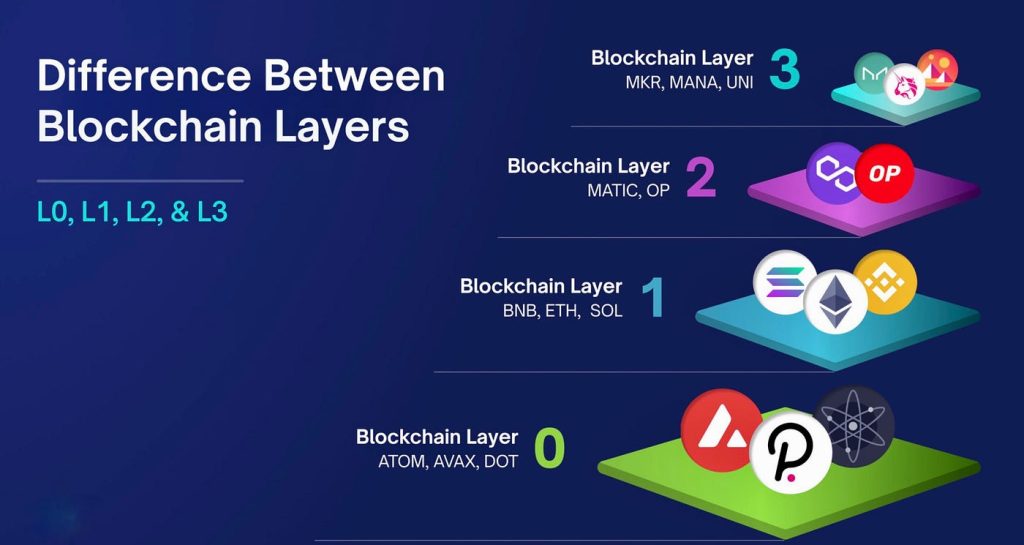
Blockchain Scalability and Security
Blockchain scalability refers to the network’s ability to handle increased transactions and accommodate a growing number of nodes. Scalability solutions such as Layer 2 protocols and off-chain scaling techniques aim to address these challenges.
Blockchain security is crucial to protect against external threats and ensure the integrity of the blockchain network. Security measures include stuff like cryptographic algorithms, which ensure safety against attacks or data manipulations.
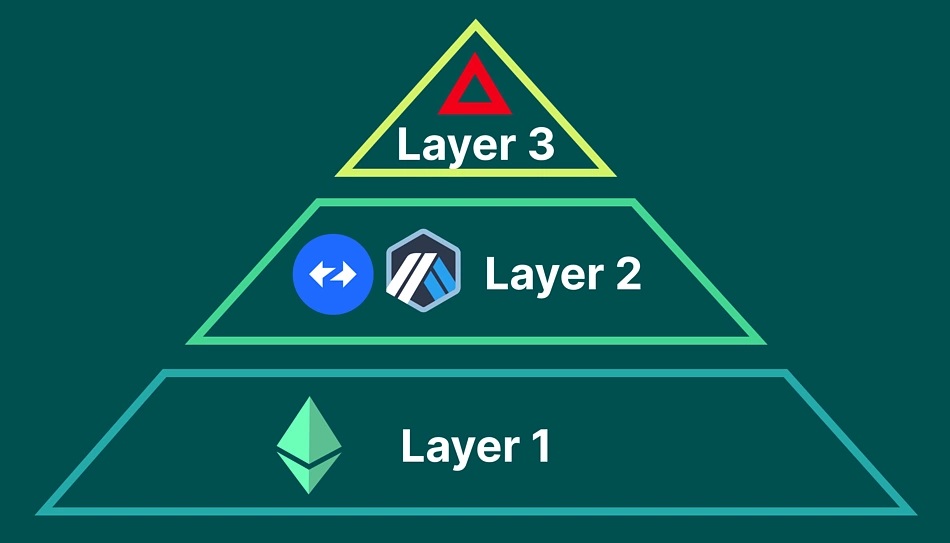
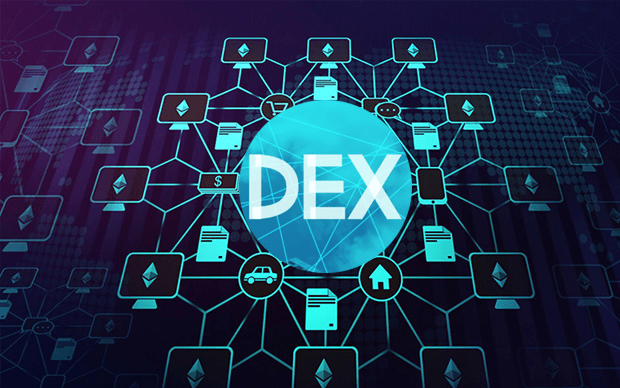
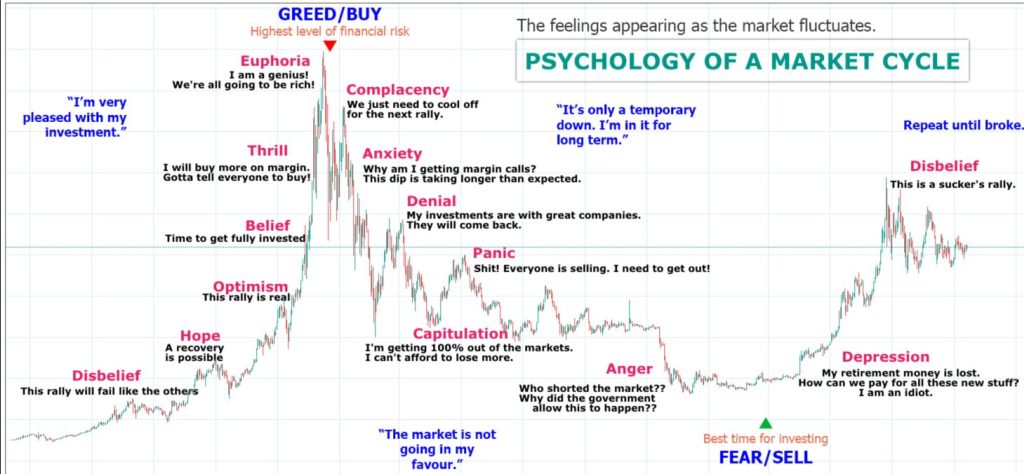
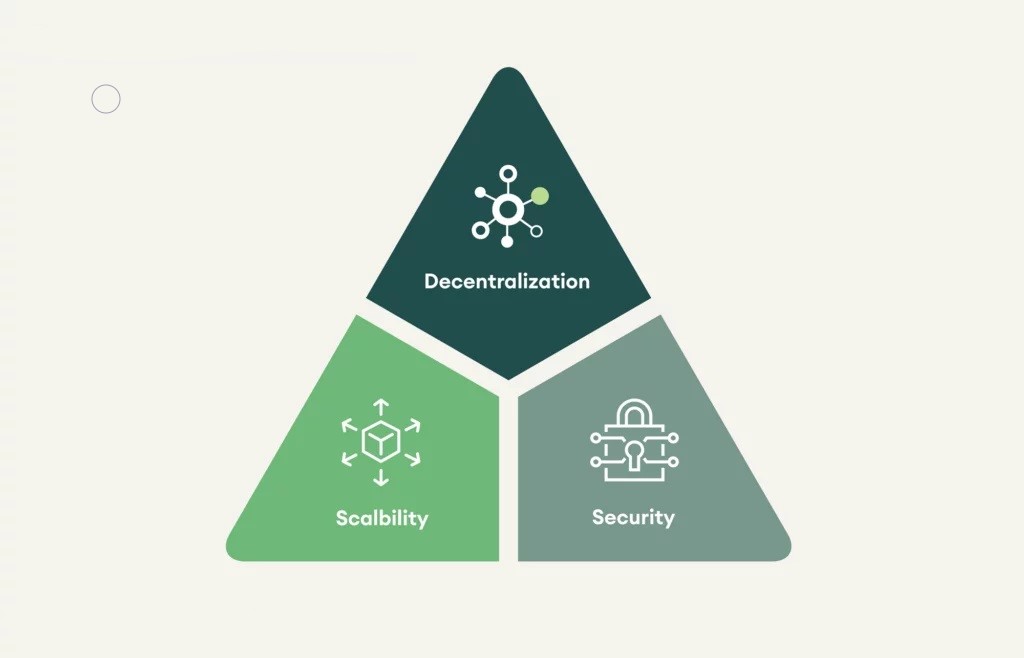
One Comment
Comments are closed.